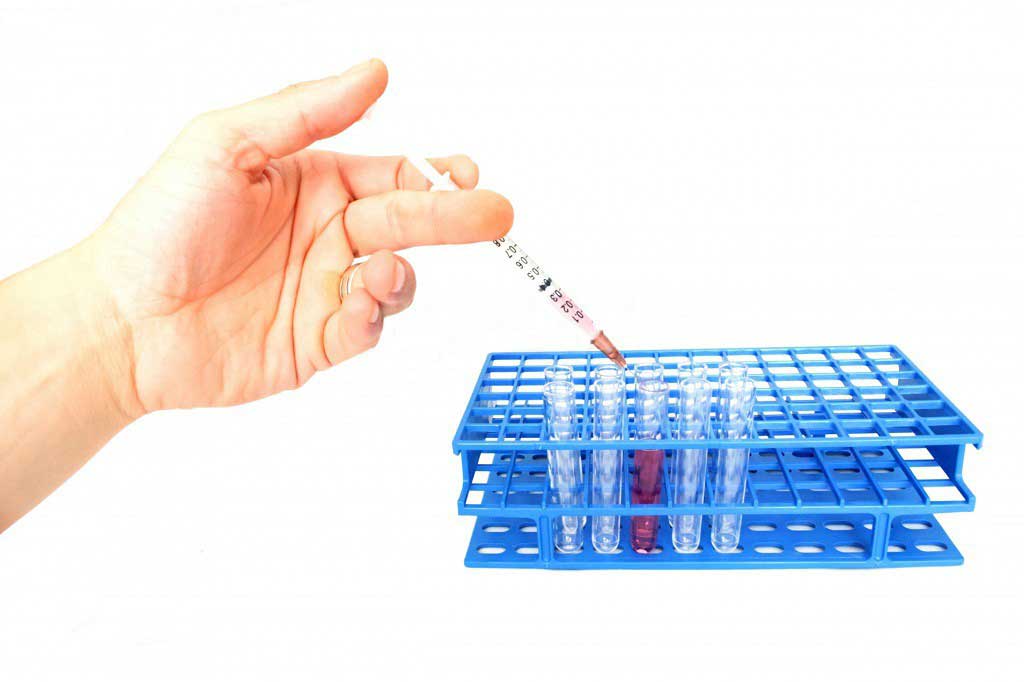Amniocentesis
Introduction
Amniocentesis is a testyou may be offered during pregnancy to check if your baby has a genetic or chromosomal condition, such as Down's, Edwards' or Patau'ssyndromes.
It involves removing and testing a small sample of cells fromamniotic fluid, which surrounds the foetus in the womb (uterus).
When amniocentesis is offered
Amniocentesisisn't routinely offered to all pregnant women. It's only offered if there's a higher chance your baby could have a genetic condition.
This could be because:
- an antenatal screening test has suggested there may be a problem, such as Trisomy 21 , Edwards' syndrome or Patau's syndrome .
- you've had a previous pregnancy with these problems
- you have a family history of a genetic condition, such as sickle cell disease , thalassaemia , cystic fibrosis or muscular dystrophy , and an abnormality is detected in your baby during a routine ultrasound scan
It's important to remember that you don't have to have amniocentesis if it's offered. It's up to you to decide whether you want it.
Your midwife or doctor will speak to you about what the test involves, and let you know what the possible benefits and risks are, to help you make a decision.
The needle is passed into the amniotic sac that surrounds the foetus and a small sample of amniotic fluid is removed for analysis.
The test itself usually takes about 10 minutes, although the whole consultation may take about 30 minutes.
Amniocentesis is usually described as being uncomfortable rather than painful. Some women describe experiencing a pain similar to period pain or feeling pressure when the needle is taken out.
There's no cure for most of the conditions amniocentesis finds, so you'll need to consider your options carefully.
You may choose to continue with your pregnancy, while gathering information about the condition so you're fully prepared, or you may consider having a termination ( abortion ).
This is estimated to occur in 0.5% to 1% of women who have amniocentesis.
There are also some other risks, such as infection or needing to have the procedure again because it wasn't possible to accurately test the first sample that was removed.
The risk of amniocentesis causing complications is higher if it's carried out before the 15th week of pregnancy, which is why the test is only carried out after this point.
This is where a small sampleof cells from the placenta (the organ that links the mother's blood supply with her unborn baby's) are removed for testing.
It's usually carried out between the 11th and 14th weeks of pregnancy, although it can be performed later than this if necessary.
With CVS, the risk of miscarriage issimilartothe risk of miscarriage for amniocentesis. However, as the test can be carried out earlier, you'll have more time to consider the results.
If you're offered tests to look for a genetic or chromosomal condition in your baby, a specialist involved in carrying out the test will be able to discuss the different options with you, and help you make a decision.
Introduction
Read about amniocentesis, a diagnostic test carried out during pregnancy to assess whether the unborn baby could develop a genetic or chromosomal condition.
Why amniocentesis is offered
Read about amniocentesis, a diagnostic test that may be offered to detect a serious or potentially serious disorder in an unborn baby (foetus).
What happens during amniocentesis
Read about what happens during amniocentesis, a procedure that involves removing a small sample of amniotic fluid from the womb so it can be tested in a laboratory
Results of amniocentesis
Read about the results of amniocentesis, including the results of a rapid test and a full karyotype.
Risks of amniocentesis
Amniocentesis is a fairly common and safe procedure. However it is important to be aware of the possible complications during or after amniocentesis.







 Subscribe
Subscribe Ask the doctor
Ask the doctor Rate this article
Rate this article Find products
Find products